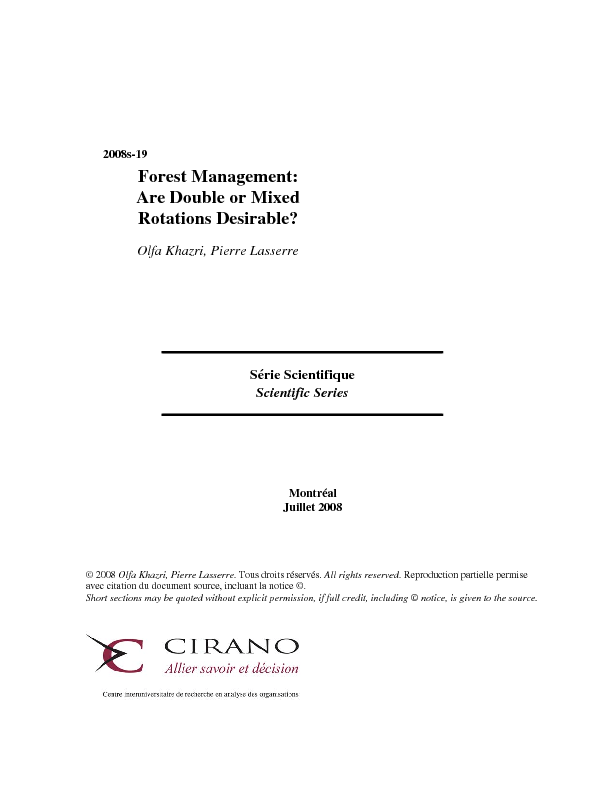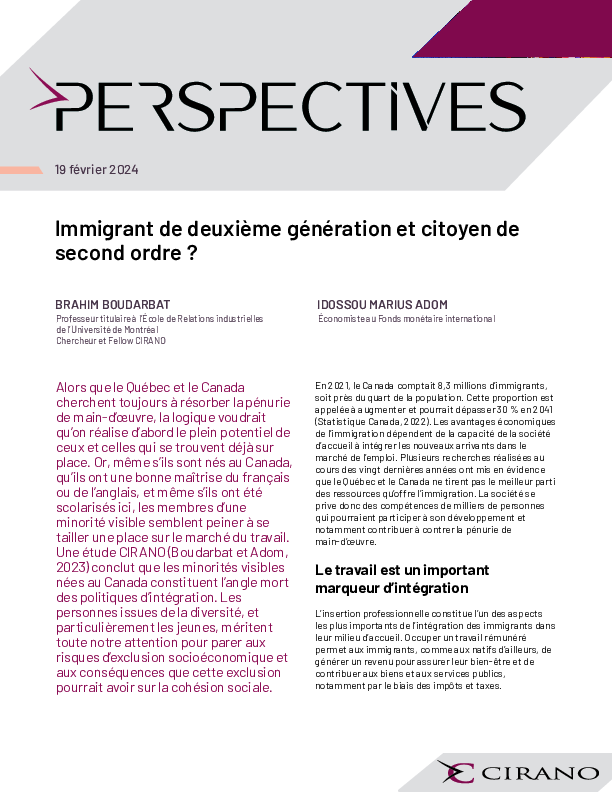Forest Management: are Double or Mixed Rotations Desirable?
In this paper, we study a particular uneven-aged forest stand management pattern that is often advocated in practice. The forest structure under consideration is similar to a normalized forest à la Faustmann, with the following difference: rather than being single aged, each forest tract contains trees of two age classes so that it is submitted to a form of selective cutting. Each harvest involves all of the older trees and only a fraction of the younger ones; hence the name mixed rotation. Trees left standing at harvest help stimulate natural regeneration and improve various environmental and amenity characteristics of the forest. We model this effect by using a cost function that varies with respect to the harvest rate of younger trees. We derive the properties that this cost function must exhibit in order some form of mixed rotation to be superior to the conventional single rotation à la Faustmann; we also characterize the mixed rotation in terms of duration and the harvest rate of younger trees, and we compare its properties with Faustman's rule.
[ - ]




